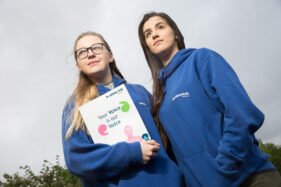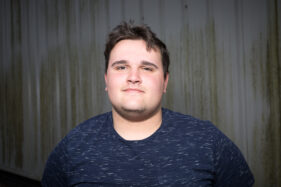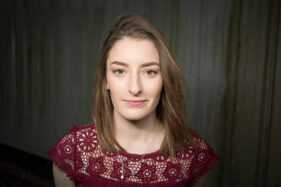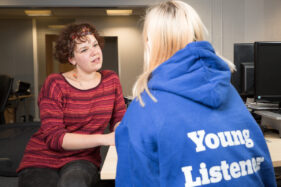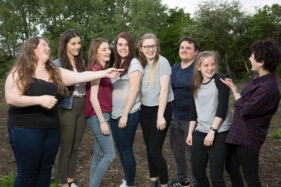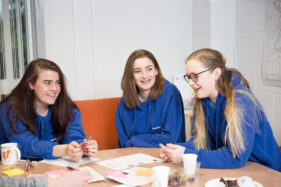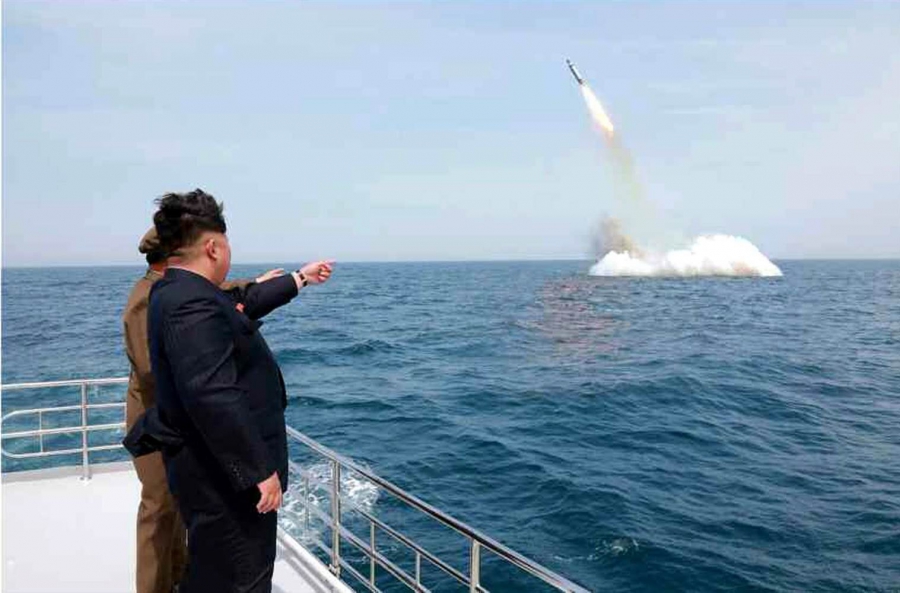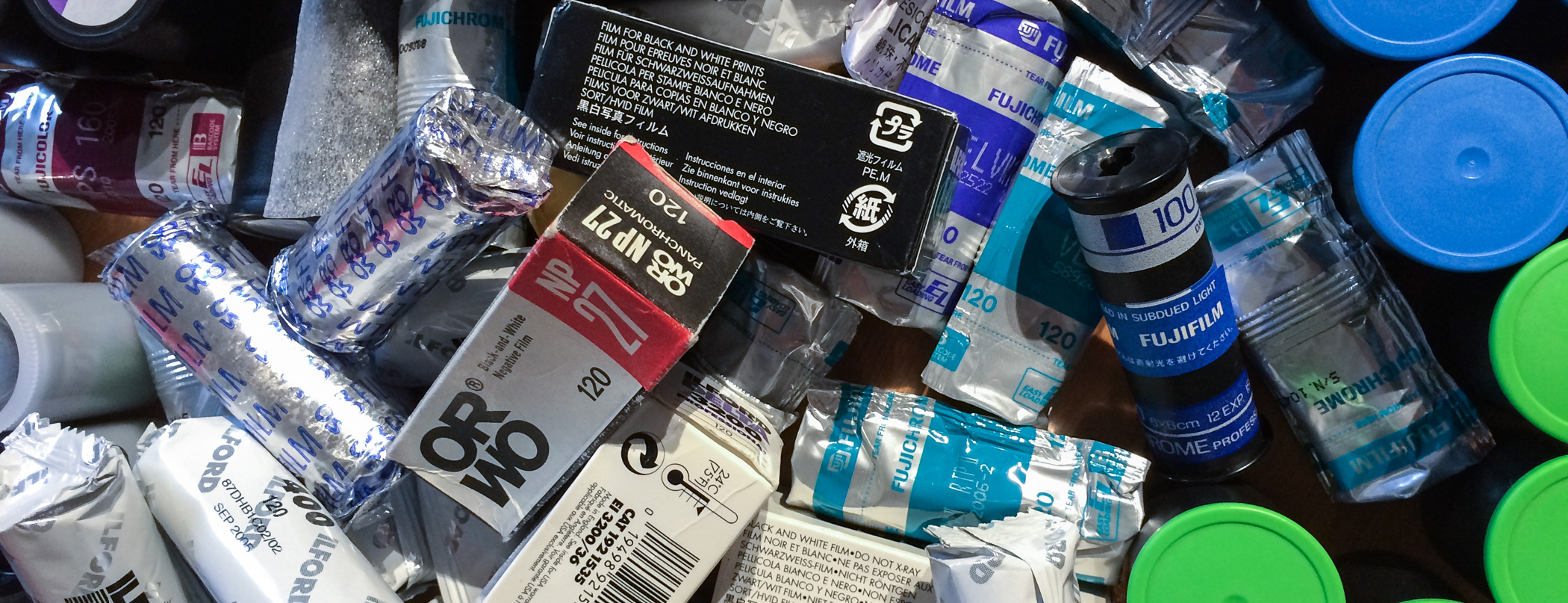In April I had the absolute pleasure of working with a group of young people in Wiltshire to help promote the Healthwatch Wiltshire “Young Listeners” project.
This project involves young volunteers canvassing the thoughts and views of their peers and reporting their findings back to Wiltshire’s Health and Wellbeing Board.The findings are then used to help improve health provision for young people in the county.
My job was to generate a set of images for use across Healthwatch Wiltshire’s Youthwatch web pages and literature as well as for use in press releases and case studies for social media.
They were a lively bunch, full of character and great fun to work with. Two of them stoically posed outside for a press photo in spite of the rain which was coming in sideways, but they were utterly professional about it.
I also shot a short series of portraits, two of which you can see here, to accompany case studies (luckily it wasn’t raining at this point). The client, citing my recent skateboarders project, wanted a similarly gritty and dramatic feel to the photos. I couldn’t reproduce exactly what I’d done with that project so I chose the side of an industrial unit as an out-of-focus backdrop and lit the faces in a dramatic and eye-catching way.
The results have appeared multiple times in local media and have given the client material for their Facebook page and website. It’s a great start to their photo library which they can draw on and build up over time.

